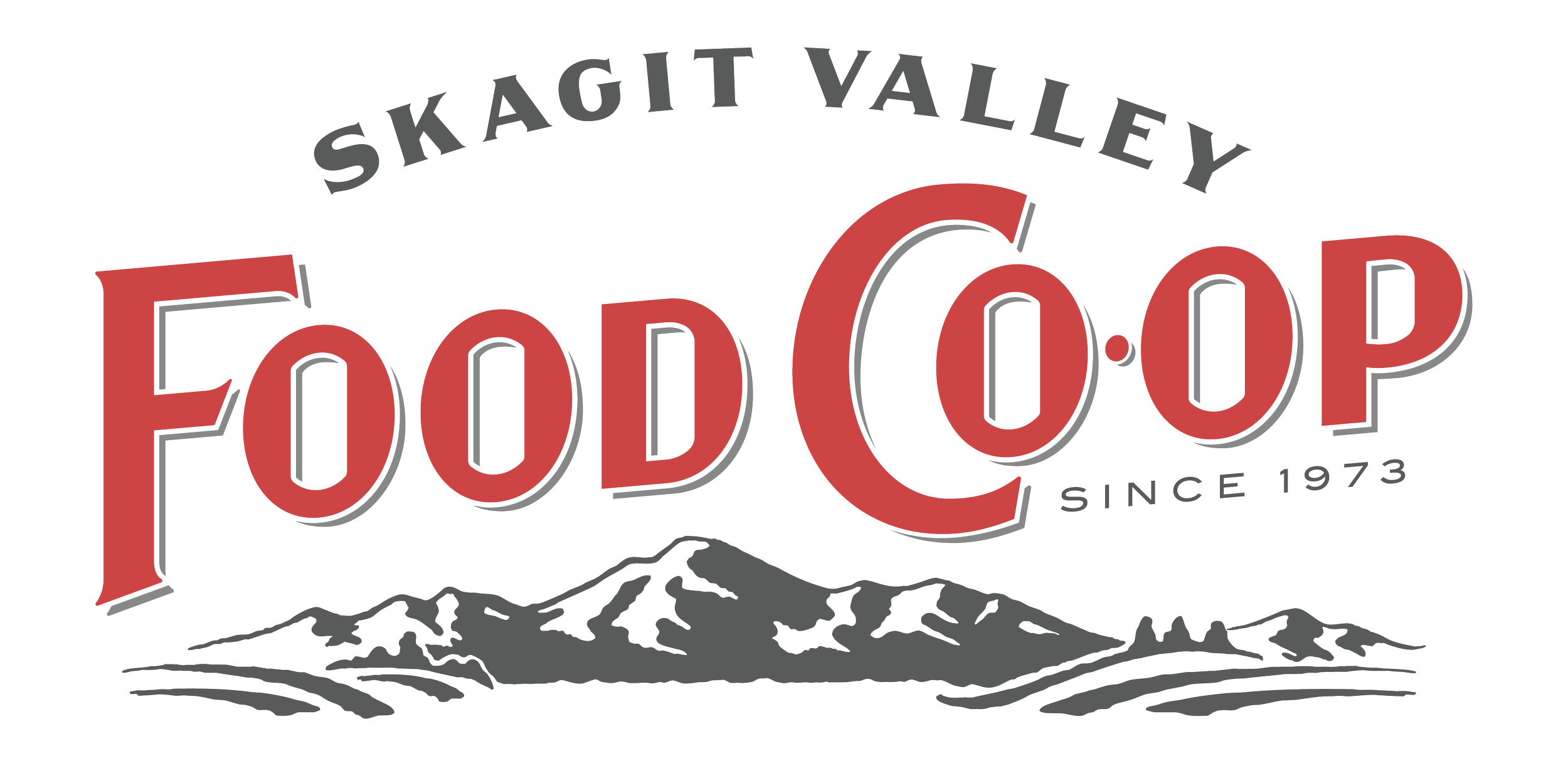The Down & Dirty on Skagit Soil
By Sarah Stoner
“Skagit County’s farmland is some of the most fertile in the world.
The difference between rich farmland and the rest is that it can take two to three times the amount of marginal land—lower crop yields, higher input costs, fast soil degradation—to make up for the loss of the best quality land.”- The Cost of Lost Farmland, Skagitonians to Preserve Farmland’s The Dirt
“Despite all our accomplishments, we owe our existence to a six-inch layer of topsoil and the fact that it rains.” -Paul Harvey
“The nation that destroys its soil destroys itself. -Franklin D. Roosevelt
All farmland is not created equal.
The Skagit Valley’s fertile soil has been rated in the top 2% of soils in the world, making the Skagit Valley one of the most important and productive agricultural regions in the world.
Thousands of years of flooding on the Skagit River deposited a rich layer of topsoil in the Skagit Valley. European immigrants flocked here starting in the 1860s and built houses in the flats, along with an elaborate network of earthen dikes to capture land from the saltwater delta and prevent the rivers from flooding the land.
Back in 1940, a seven-year-long survey of the then 48-state union was published with soil quality as a key focus. Of all 48 states, the Skagit Valley was hailed as the “top” soil in the land.
Our Generative Soils
Roughly 90,000 acres of agricultural land grow 90 different crops in Skagit County, generating nearly $370 million in revenue in 2023. More tulip and daffodil bulbs grow here than in any other county in the United States. Yet there’s far more to Skagit County agriculture than its famed bulb flowers. Its 12,000 acres of potatoes gross $60 million annually. Skagit County supplies much of the world’s cabbage, table beet, and spinach seed. It is a hub for innovation in the regional grain market and is one of the state’s top dairy regions.
Skagit County is home to an array of fresh market staples and specialty crops, processing, nursery crops, grains, small fruits, tree fruit, and more. Bulbs grab more headlines than broccoli and Brussels sprouts, but this diversity of crops is essential to the agronomic and economic resilience of Skagit Valley agriculture. Growers here make the most of each piece of farmland, with an exceptional crop diversity that supports soil health, pest control, disease management, and market diversification.
Saving our Soil—Skagit County’s Farmland Legacy Program
Skagit County is blessed to have an engaged community and government that has a successful history in protecting its natural resources and agricultural land.
Skagit County’s Farmland Legacy Program is one of the most active and successful farmland preservation programs in the state of Washington. The program, which started in 1997, pays farmers for their development rights to forever prohibit nonfarm development of the land. The program is part of the ongoing effort to keep farmland in Skagit County viable for agriculture now and in the future—by protecting its prime farming soil.
Past its quarter-century mark, the Farmland Legacy Program now protects more than 15,000 acres of fertile Skagit County farmland from future development. This voluntary program enables farmland owners to receive compensation for unused residential development rights and protect their land for agricultural use while they retain ownership of their land.
The 15,200 acres of protected farmland in Skagit County include row crops, seed crops, dairy and cattle operations, as well as silage, hay pasture, bulbs, flowers, and berries. More than 200 conservation easements on Skagit farmland place permanent restrictions on future use and development of the land—protecting its agricultural productivity for future generations.
Despite strong land-use planning, the state of Washington continues to lose farmland to development—nearly 100,000 acres between 2001 and 2016. Over 50% of the land lost was considered the State’s best-quality farmland, according to the American Farmland Trust’s recent report Farms Under Threat: The State of the States.
Currently, hundreds of Skagit farmland acres are in the process of becoming protected farmland. Together our Skagit citizens, farmers, and the multitude of local, state, and federal agencies supporting agriculture are doing good work. And there is still more to be done.
Is your mood down in the dirt lately?
Dig into this uplifting list for a sampling of organizations actively involved in the protection of Skagit’s fertile soils:
Mount Vernon Soil Survey Office
WSU NW Research and Extension Center
Skagit Conservation District
Farmland Legacy—Skagit County Government
Skagit Land Trust
Skagitonians to Preserve Farmland
US Dept of Agriculture
Natural Resources Conservation Service
WA State Conservation Commission
Office of Farmland Preservation
Want to geek out on more soil?
These films bring the topic of soil science to life:
Kiss the Ground Film (kissthegroundmovie.com)
There’s plenty of YouTube content from soil health evangelist Gabe Brown. Try “Treating the Farm as an Ecosystem”

